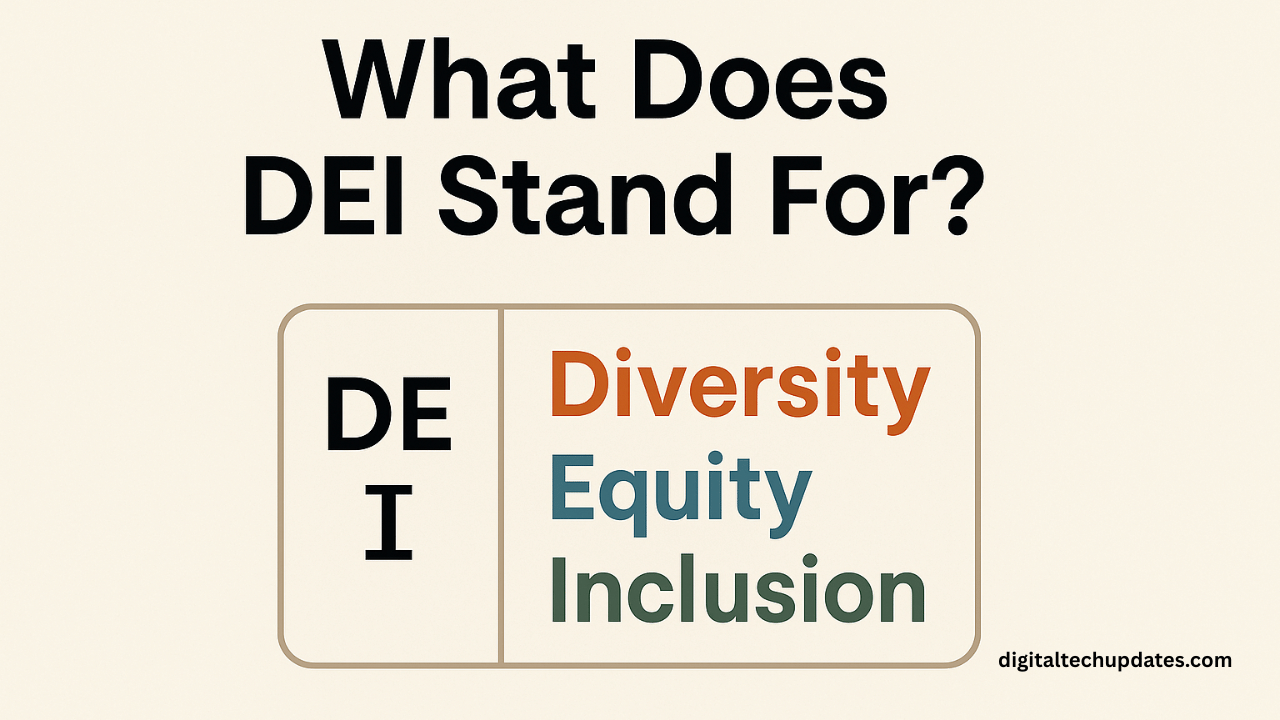What are the two most important things for a good website? It is an attractive design and efficient functionality. Lack of any one of these factors will result in bad bad user experience. In order to excel both these factors, you can use WordPress and Photoshop. Designs can be created using Photoshop and then imported to WordPress website with the help of PSD to WordPress expert.
Let us see how you can convert PSD to WordPress if you are a beginner to both the tools.
Things to know before converting PSD to WordPress
Before starting with the conversion, you should have some basic knowledge of how Photoshop works. You will also need to have some knowledge about frontend technologies like Java, HTML, PHP and CSS.
Read more: The key takeaways for digital marketers in 2020
Converting PSD to WordPress is not a bit complex task and if you are not confident that you can do it on your own, then you can always hire the services of a WordPress development company.
Following is the step by step process of converting PSD to WordPress:
- Creating design: The first thing that you need to do is create the required designs for your website using photoshop. You need to design the logo and background image for your website. You also need to design the navigational ads and other elements of the websites on photoshop. You also have the option to use imaging tools to create all the important elements for a website. All the designs should be created keeping in consideration the content requirements of the website as content is one of the most important elements of any website. Your design should enhance the content to be presented on your website.
- Review the initial design concepts: Whether you are creating the designs yourself or taking the services of PSD TO WordPress expert, it is very important to review the initial design concepts to make sure that they match with the requirements of your website. The review helps in identifying any shortcomings or mistakes in the design and make corrections in it. Your designs should not only be attractive but also user-friendly. Some important factors to be kept in mind to make your website designs user-friendly are:
- Mobile compatible
- Accessible by all users
- Informative architecture in a well-planned manner
- Fast loading time
- Easy to scan
- Good navigation
- All browser compatible
- Good colour schemes
- Well designed error pages
- Properly designed forms
- Revisions, if required: After a thorough review of the design concepts, it is necessary to make the corrections or any revisions in the design, if required, to improve the quality. Make all the required changes before converting your PSD (Photoshop Documents files) before converting it to WordPress.
Read more: 5 tips for winning Las Vegas Scratch Cards
- Converting design to WordPress: The process of converting PSD to WordPress is all about transferring the website elements from PSD to HTML or CSS format to match the WordPress theme chosen by you. If you don’t have enough knowledge and prior experience of converting these files, it might seem like a very complex task and instead of doing it yourself, you can use the services of an expert or can use conversion tools. The process of conversion involves the following steps:
- Slicing the designs: The first step is to cut and divide the designs into different individual categories as WordPress uses every design element as a separate web element. These elements are separated with the help of graphic and image processing tools available online. Any WordPress template has some basic elements such as background and other visual elements, headers, separators, footers, etc.
- Create index.html and style.css: Each PSD element that has been sliced or separated is then converted into a separate file in the HTML or XHTML format. These files are then styled by using the CSS (Cascading Style Sheet) format. There are a lot of software and applications available to create the HTML and CSS format.
- Create the WordPress theme file structure: After creating the HTML and CSS file formats, the next step is to break and divide the individual files as per the basic WordPress theme structure. Some of the PHP files that are a part of any standard WordPress theme are archieve.php, footer.php, header.php, page.php, 404.php, etc.
- Add in-built function tags in the theme files: Each theme file named above has different functionality and it can be activated by adding the WordPress in-built tags in the files. After adding tags to these files, they are compiled into one theme folder which forms part of the WordPress installation process. WordPress dashboard is used to activate these themes.
Read more: VR in 2020 and its uses that you wouldnt expect
- Adding more functionalities: The theme files are made with a purpose to provide the basic functionalities to the website. You can add more functionality by installing more add-ons, plugins, etc. as per the need of the website. They make the website better looking and help it work more effectively.
- Set-up, add content, test and go-live: Once you have completed the themes, tagging and functionalities required for your website, install WordPress, activate your desired theme and then customise it if you want. Add all the required content on the site, quality test the entire website page-by-page and once you are satisfied with all the features and performance in the testing phase, it is time to Go-Live with your website.




